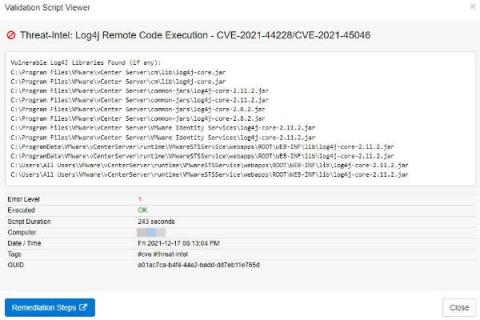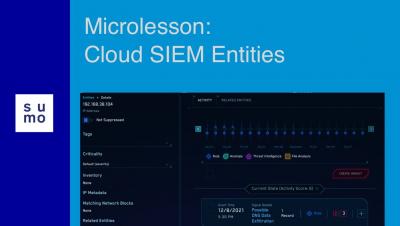Is a SIEM Right For You?
Security Information and Event Management (SIEM) is the combination of Security Information Management (SIM) and Security Event Management (SEM) systems. SEM systems store and interpret logs for real-time security event analysis which enables quick defensive action. SIM systems collect data for trend analysis and provide automated reporting. By combining these two technologies together, a SIEM provides rapid identification, analysis, and recovery from security events.












